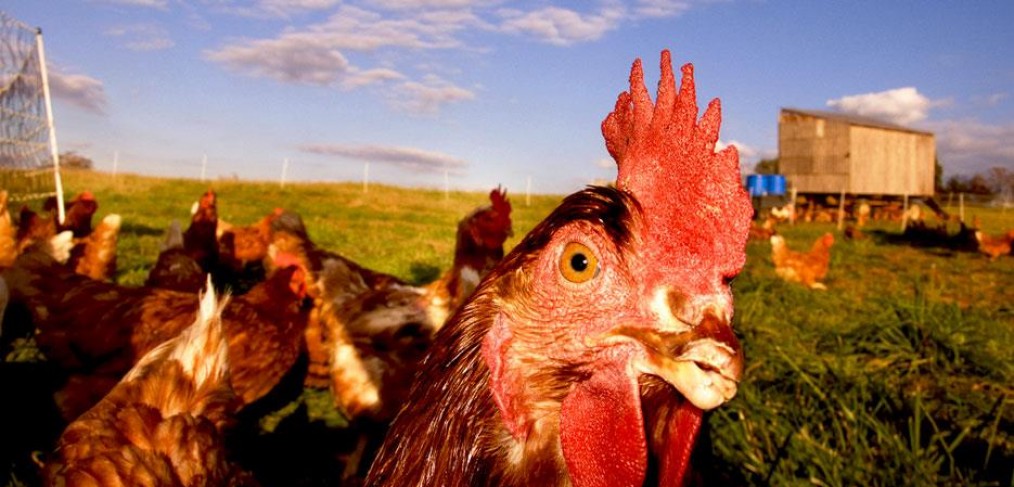HOW TO BUY POULTRY
What’s the age of the animal? This is the first question to ask the shopkeeper if you want to buy poultry: chickens, turkeys, fowls, capons or cockerels.
Few foods have been represented in such contradictory terms as poultry: a dish that used to be served up for Sunday lunch and special occasions is now considered an unexceptional weekday choice. On one hand, the market offers much contested cheap battery-reared chickens and, at the other end of the scale, princely Christmas capons and expensive Thanksgiving day turkeys. They belong to the vast category of “white meats”, which also comprises pork, goat, veal (see our article on beef) and rabbit, but here we shall mainly be dealing with poultry. Cooking times will necessarily depend on the age of the animal. So, this is the first question to ask the shopkeeper, if the label fails to supply this information.
To help you in your choice:
– The term spring chicken or young chicken refers to an animal aged between 4 and 6 months and weighing around 600g. The beak and breastbone are flexible to the touch and the skin is almost devoid of feathers (the ideal cooking method is roasting or grilling).
– Boiling fowl is an adult female that produces eggs (perfect for boiling as its name suggests).
– A young cockerel is never older than 10 months (ideal for roasting or spit-roasting) A standard chicken is 1 year old and weighs around 1/1.5 kg (for casseroles or roasting).
– Capon is a cockerel castrated at the age of 2 months and raised to a weight of around 2.5 kg (it can be boiled or roasted and is excellent with stuffing). Of course the younger the animal the more tender its meat will be.
Apart from the age of our chicken, the next thing we need to know is how it has been reared and fed. Unfortunately, most chickens are intensively farmed but try to buy a free-range one, which are now even available in supermarkets. The latter cost more but their meat is generally tastier since they are fed on grain rather than industrial feed. Spot the healthiest chickens by taking a look at their feet, which should be darker in colour and covered with tougher skin. It is more difficult to choose the right chicken meat if you buy it in pieces or slices, such as breast meat. The colour can mislead you because it depends on a substance called myoglobin whose concentration is due to age, feed and species: young animals have less of it and so their colour is less intense.
Chicken breast should be pinkish in colour with streaks of pale yellow fat. It should never look greyish. A frozen chicken breast will be just as healthy but it will not have the same taste and, when cooked, will be less succulent. Make sure you always keep white meat cool, even during the journey home. If you do not intend to cook it immediately, refrigerate to avoid the proliferation of bacteria.
Finally, here are a couple more hints to help you recognize a quality chicken: if it smells vaguely fishy, this probably means it has been raised on feeds of animal origin. When buying chicken, remember that a portion complete with bone should weigh 300 g prior cooking, and that it will lose about 25%. Finally, every foodie’s golden rule is: red meat can be served rare but white meat should always be well cooked.
Read full article on Fine Dining Lovers.com
Fine Dining Lovers – 5 maggio 2015

